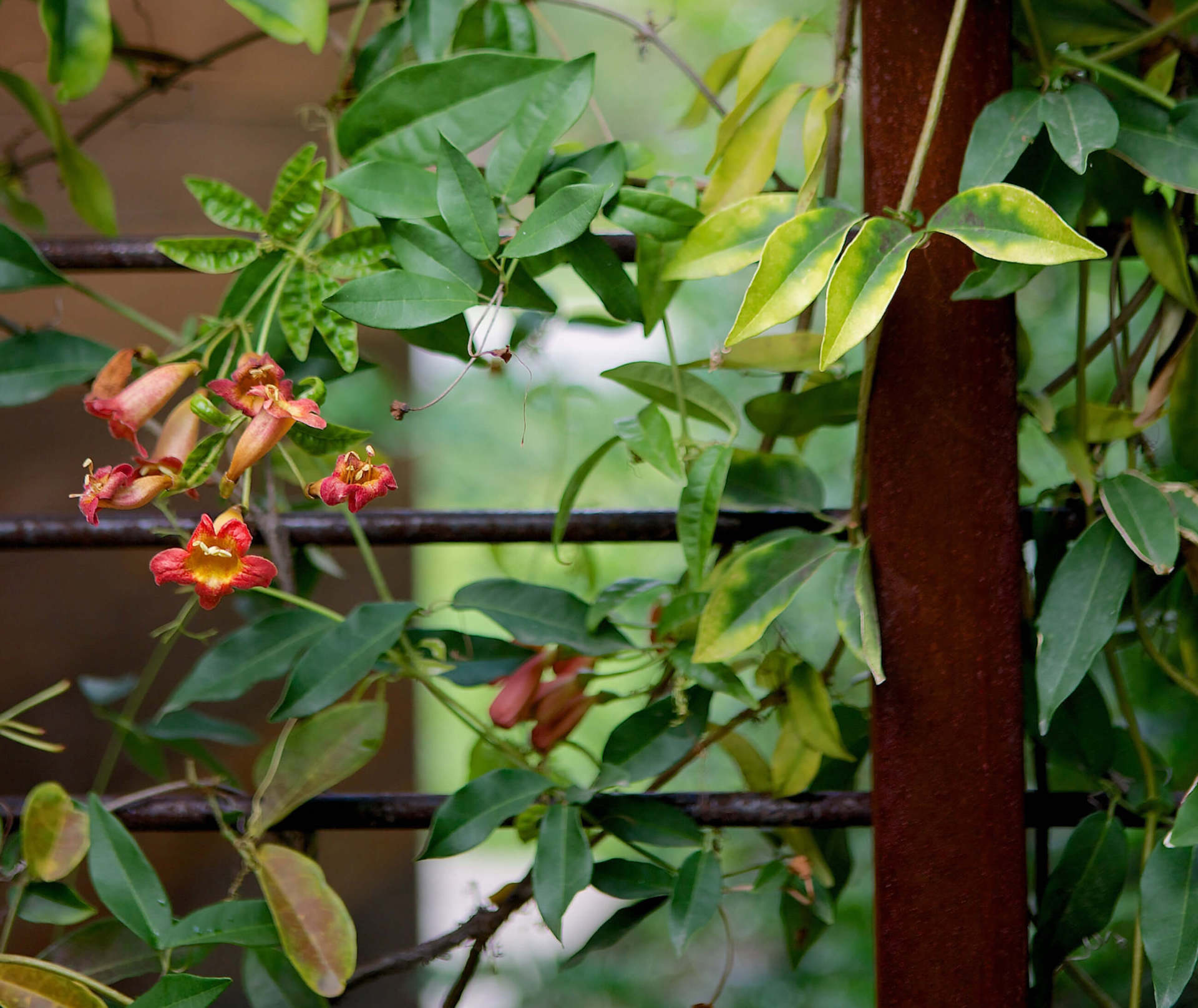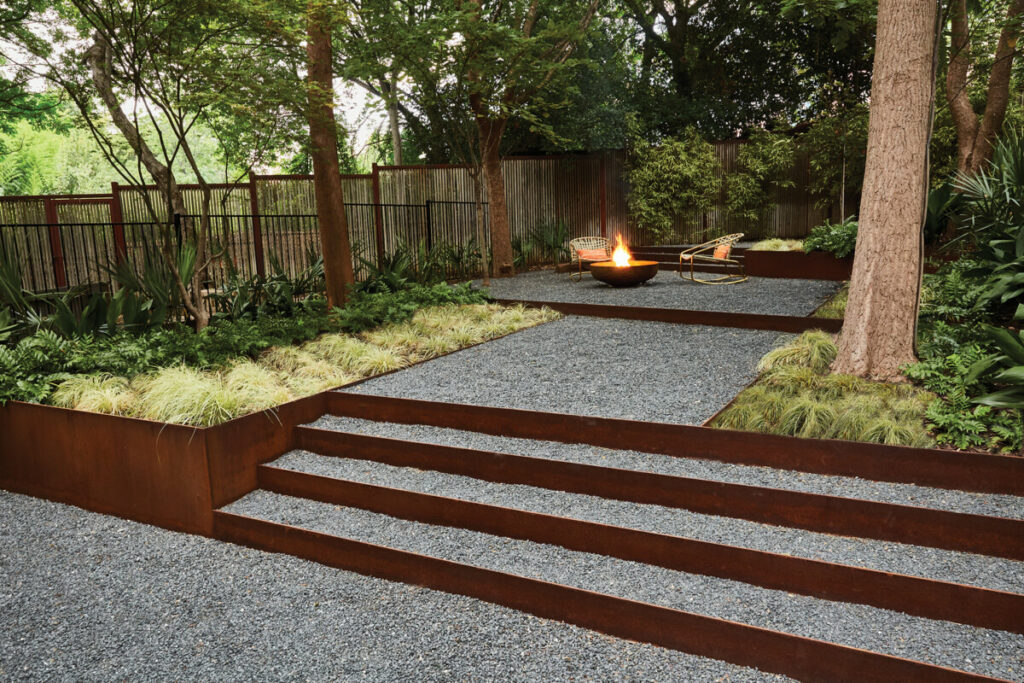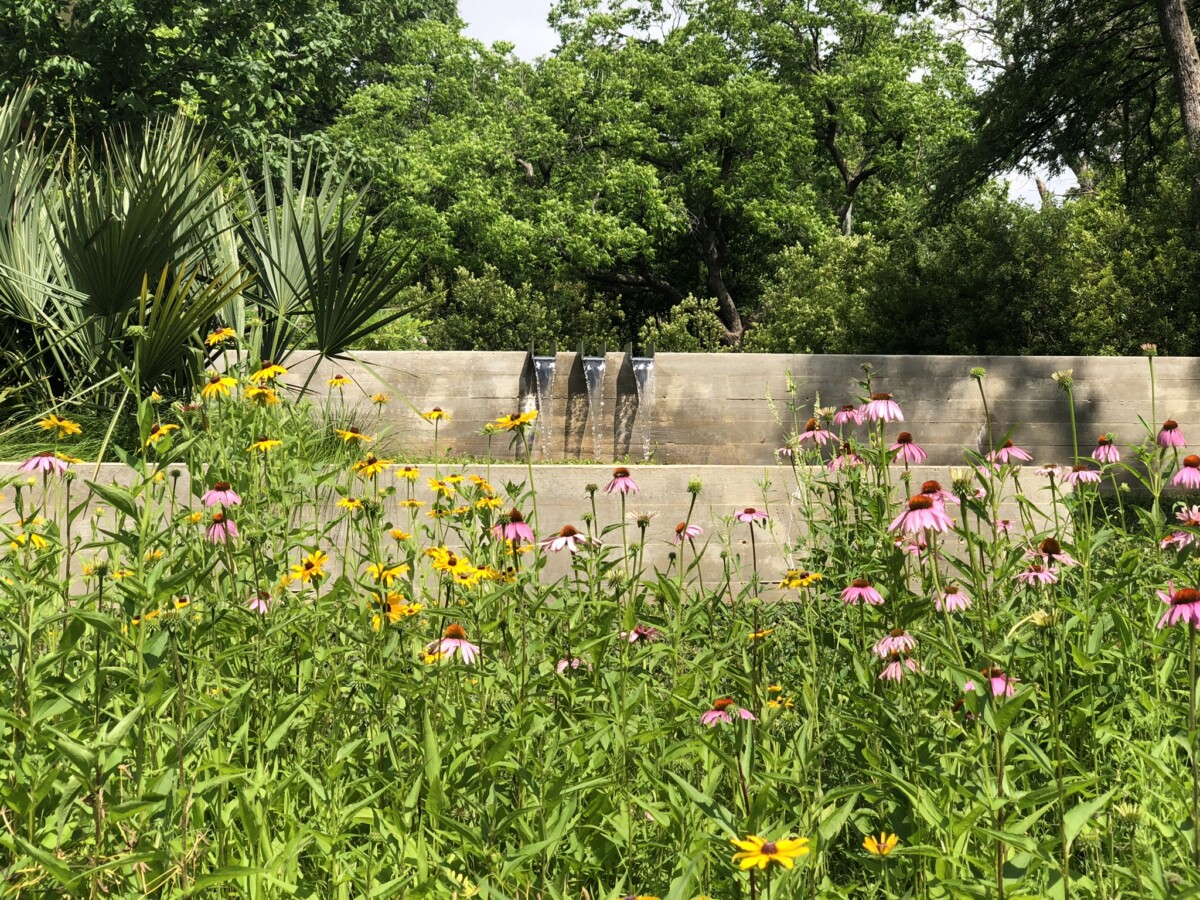
3 Keys to a Successful Pollinator Garden
Attracting Pollinators to Your Garden
Did you know that we invite wildlife into our gardens through the plants and decor we select? Like humans, pollinators require basic physiological and safety needs to survive. Unfortunately, as a result of increased habitat loss, disease, and the overabundant abuse of pesticides, our native pollinators and domesticated bees are dwindling. Thankfully, we can do our part to preserve their population by strategically incorporating supplemental elements into our landscapes. Find out which essentials you need to produce a prolific pollinator garden.
1. Food
First, making conscious plant choices is crucial to feeding our pollinators. Selecting native, flowering plants that provide pollen and/or nectar in a variety of shapes and colors will attract diversity in pollinators. Plant these in ample groups for maximum efficiency—once a pollinator learns the ropes, they’ll likely return to the same area.
Use your mouse or trackpad to scroll horizontally through full chart below
Plant Traits & the Pollinators They Attract
| BATS | BEES | BEETLES | BIRDS | BUTTERFLIES | FLIES | MOTHS | |
|---|---|---|---|---|---|---|---|
| COLOR | Dull white, green or purple | Bright white, yellow, blue, or UV | Dull white or green | Scarlet, orange, red or white | Bright, including red and purple | Pale and dull to dark brown or purple; flecked with translucent patches | Pale and dull red, purple, pink or white |
| SCENT | Strong musty; emitted at night | Fresh, mild, pleasant | None to strongly fruity or fetid | None | Faint but fresh | Putrid | Strong sweet; emitted at night |
| NECTAR | Abundant; somewhat hidden | Usually present | Sometimes present; not hidden | Ample; deeply hidden | Ample; deeply hidden | Usually absent | Ample; deeply hidden |
| POLLEN | Ample | Ample | Ample | Modest | Limited | Modest in amount | Limited |
| FLOWER SHAPE | Regular; bowl shaped – closed during day | Shallow; have landing platform; tubular | Large bowl-like, Magnolia | Large funnel like; cups, strong perch support | Narrow tube with spur; wide landing pad | Shallow; funnel like or complex and trap-like | Regular; tubular without a lip |
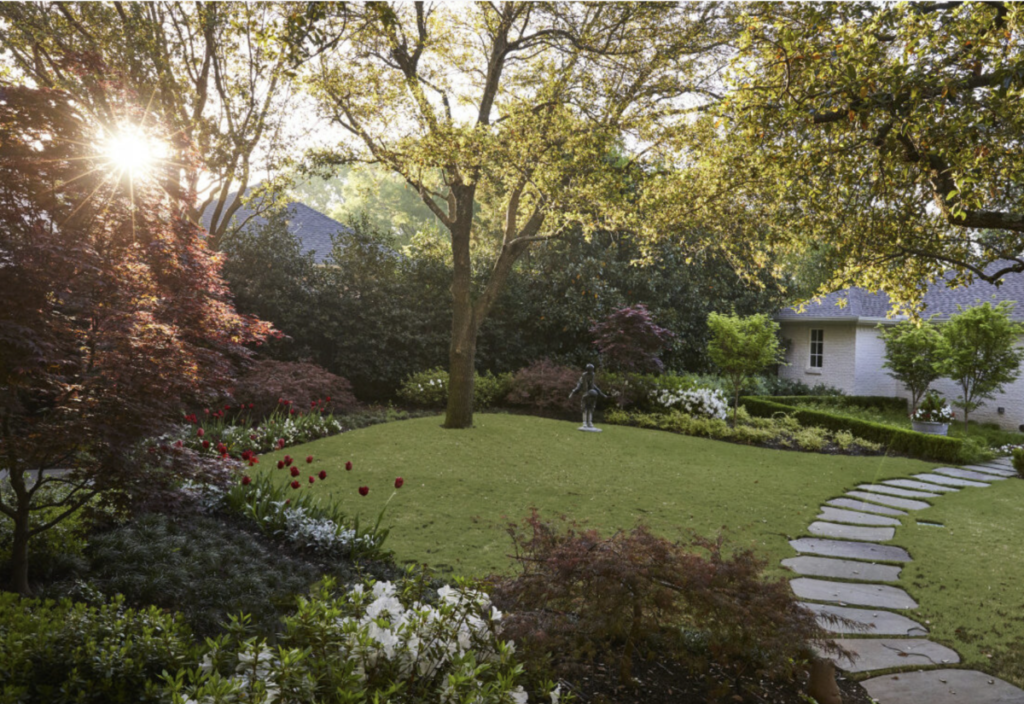
For example, zinnias, cosmos, and sunflowers provide supple sources of food for bees and butterflies. To aid our endangered Monarch butterfly, be sure to plant Milkweed to feed caterpillars (and offer a habitat for laying eggs). Herbs such as mint, oregano, parsley, chives, garlic, and lavender also render an abundance of sustenance. Even weeds like the dreaded dandelion nurture pollinators with their nectar long before most other flowers bloom.
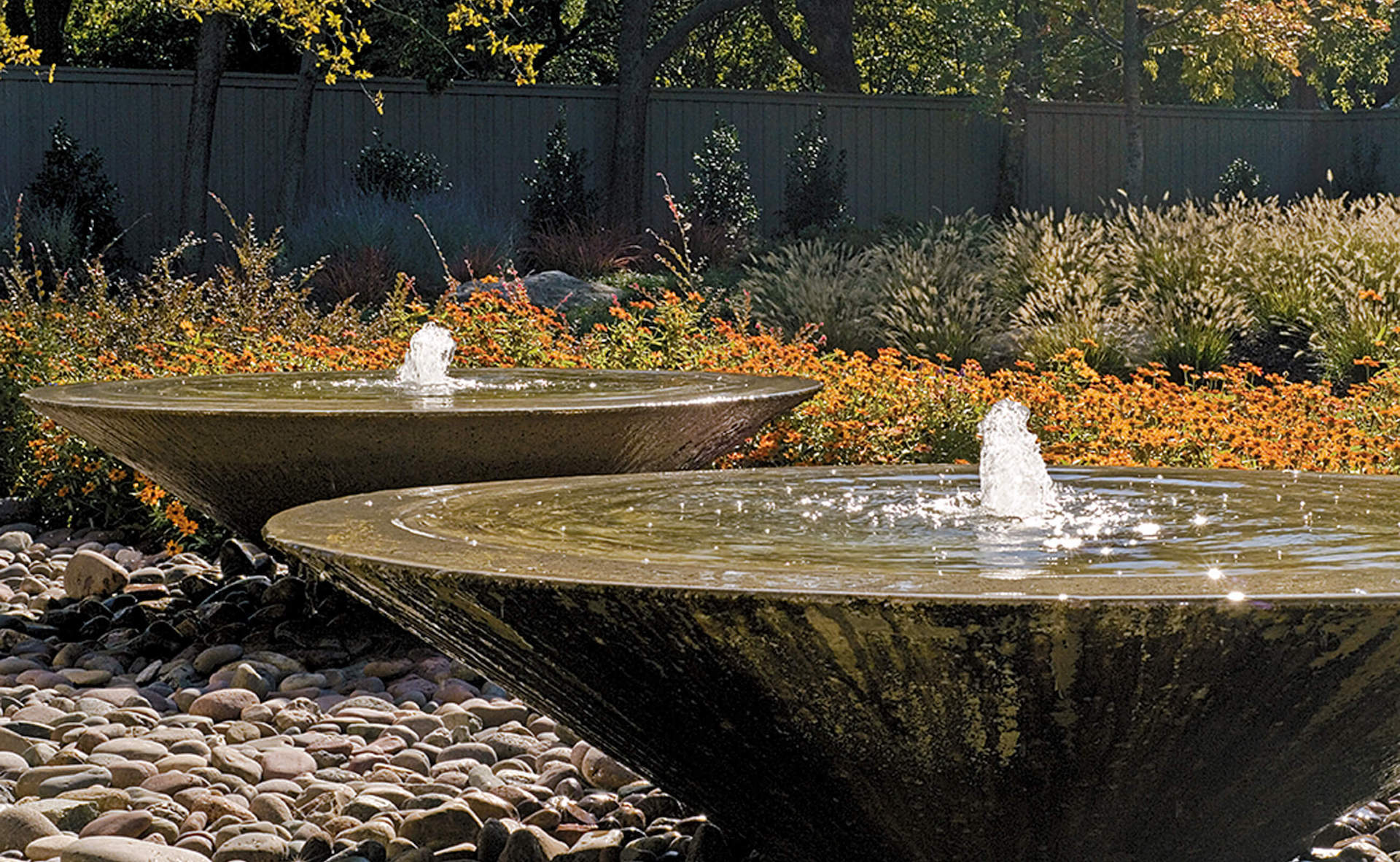
2. Water
Next, pollinators need a source of water for survival. While they’re able to extract some liquid from the nectar of flowering plants, it’s preferable to provide them with areas of low-lying open water. Bird baths, ponds, shallow fountains, or even small places prone to puddling offer ample hydration and bathing basins for your pollinator garden without the danger of drowning.
3. Shelter
Finally, provide protection against predators and the natural elements with adequate shelter. Shelter comes in all shapes and sizes—from crevices in decks, sheds, or trees to undisturbed soil areas, or even an overturned leaf or woody debris. The ideal pollinator garden allows room for large planting beds that can accommodate layers containing a variety of vegetation—plants, shrubs, grasses, etc.—for various nesting needs. For smaller gardens, try incorporating a natural screen with native hedges or add native vines.
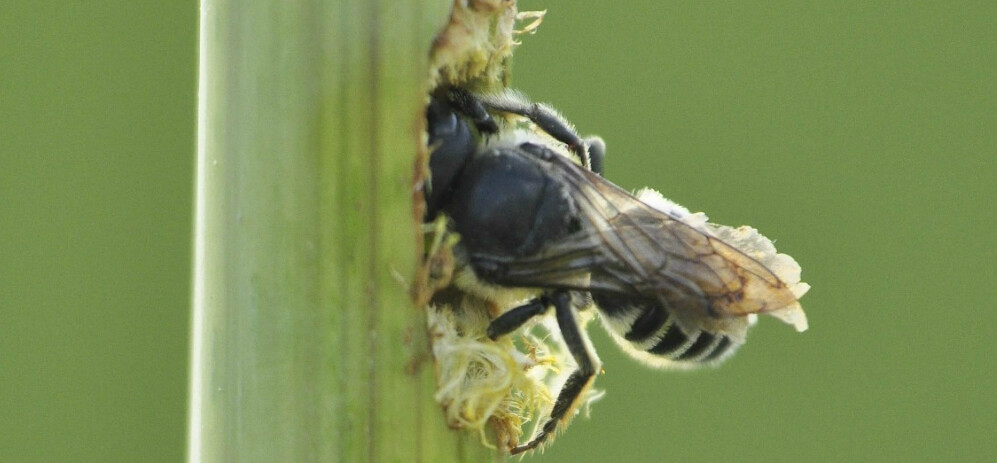
The majority of our native bees are ground-nesters, burrowing within the soil. Tunnel nesters, like this solitary bee, chew their way into thick stems or dead wood. (Photo by Jessica Womack)
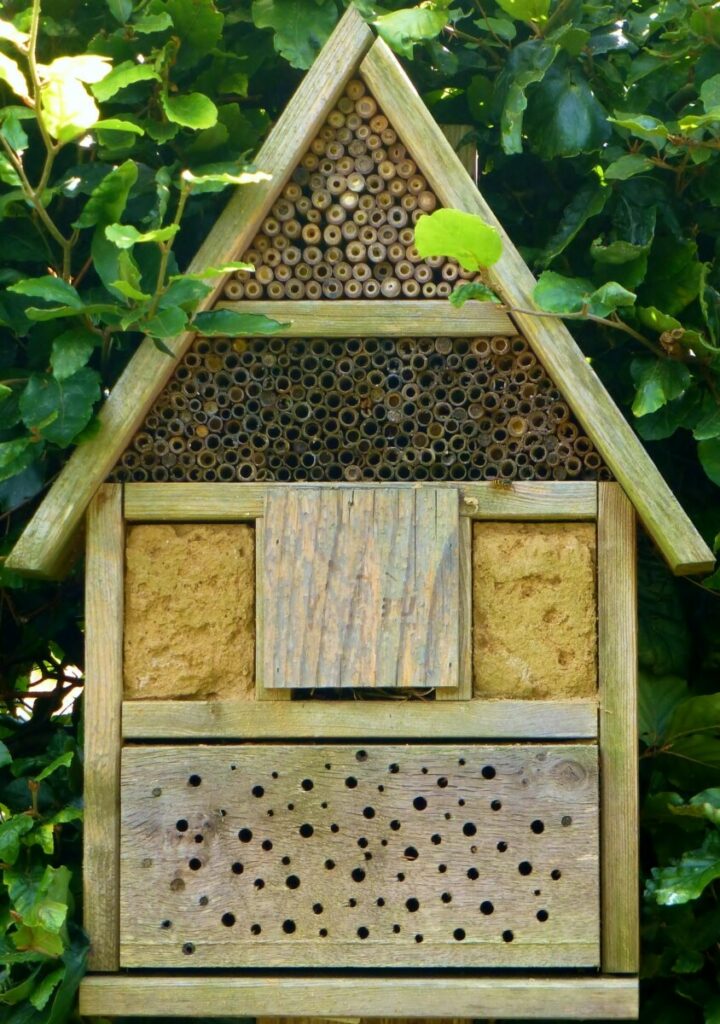
Due to human population growth and business expansion, the decline in natural habitats is prevalent. Man-made shelter is another viable option for our purposeful pollinators. Birdhouses, bat boxes, and bee blocks or boxes extend asylum to these essential creatures to help preserve our ecosystem. Adding these structures to your pollinator garden provides benefits to you as well!
Additional Tips
- Create areas of shade and sun that shield pollinators from the wind.
- Choose organic compost instead of commercial fertilizers
- Avoid insecticides & pesticides!
- Resist the urge to disturb your newly-created pollinator garden
Take the guesswork out of creating a pollinator garden and allow our expert horticulturists and garden designers to work in tandem to create a natural habitat for wildlife in your estate. Contact us for a custom consultation.
Resources
Texas Parks & Wildlife: Monarchs
Texas Master Naturalist Gardening
You May Also Enjoy
Biodiverse Garden Benefits
